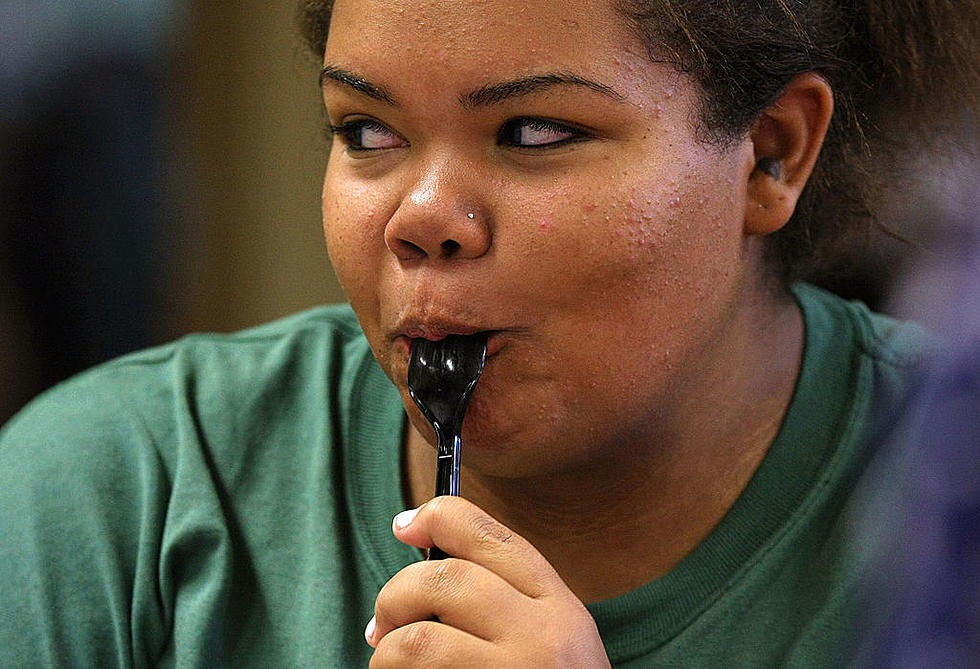
‘The Legend of Tarzan’ Review: Even the ‘Original’ Summer Movies Feel Like Sequels This Year
The Legend of Tarzan, based on the novels by Edgar Rice Burroughs, focuses on a version of the jungle hero who’s long since given up swinging on vines and yelling at the top of his lungs. He doesn’t even answer to the name Tarzan anymore; he’s John Clayton, Lord of Greystroke and a famous celebrity in England, where he lives with Jane, who’s now his wife. He’s sort of like the version of Hercules from the underrated Dwayne Johnson movie from 2014, the “real” man behind a puffed-up myth. He’s also sort of like Gene Wilder’s character from Young Frankenstein without the sense of humor; denying his history and lying to himself about his true identity until the day his past comes back to haunt him. (If “Young Frankenstein, but not funny” sounds like a troubling description for a movie, it should.)
John (Alexander Skarsgard) and Jane (Margot Robbie) haven’t set foot in Africa in years, but they reluctantly return to their adopted home to investigate rumors of a Belgian slave trade in the Congo alongside a crusading adventurer named George Washington Williams (Samuel L. Jackson). Though John arrives in Africa cloaked in all the raiments of an aristocrat, he gradually sheds those garments and airs of sophistication until he’s stripped to the waist, leaping from trees, and punching giant gorillas in the face. You can take Tarzan out of the jungle, but you can’t take the jungle out of Tarzan.
It’s hard to figure out why anyone would make a Tarzan movie at all in 2016 — the character was created a century ago and the material’s attitudes about race and gender feel at least that old — until these scenes, which suggest an attempt by director David Yates and writers Adam Cozad and Craig Brewer to reinvent Tarzan as a modern superhero. He alternates between two different identities, sports an absurdly muscular physique, and uses superpowers to battle injustice (he swings through the jungle like Spider-Man and can communicate with animals like Aquaman). The only thing he’s missing is some kind of superhero logo on his chest. (I propose an image of Alexander Skarsgard’s inguinal crease.)
Skarsgard invests Tarzan with more seriousness than the subject arguably deserves. Besides getting himself into insane physical shape, he transforms his posture, voice, and walk to approximate the look of a man raised by apes. Just the way his carries himself at rest, his hands balled uncomfortably at his sides, says a lot about the character’s history. But his performance is all surface level, maybe because Cozad and Brewer’s script doesn’t give Skarsgard anything below the surface to play. The early scenes establish John’s complicated feelings about Africa and his past as Tarzan, but most of his qualms vanish once Jane is kidnapped by a Belgian soldier named Leon Rom (Christoph Waltz), who dresses like Fitzcarraldo but acts like Christoph Waltz in every single Christoph Waltz movie; the deranged sociopath of refined tastes and manners.
The best character isn’t Tarzan; it’s George Washington Williams, who, to my surprise, is based on a real man who did travel to the Congo to expose Belgian crimes there. (Waltz’s character is apparently based on a real historical figure as well.) Jackson does get to deliver one monologue about Williams’ tortured past, which involved unsavory actions in Mexico and against Native Americans he is not proud of. A man in need of redemption, he finds a worthwhile cause in the Congo.
It’s a good speech, and a double-edged sword. It briefly brings the picture to life, but it also makes it clear that The Legend of Tarzan would be a lot more interesting if it was called The Legend of George Washington Williams, and if Jackson got to do more than play the stock buddy sidekick to a mopey British dude who swings from vines and pounds his chest like a gorilla.
The racial politics elsewhere are sure to raise a few eyebrows. In some ways, The Legend of Tarzan’s heart is in the right place. Waltz and the Belgian colonists he represents are the clear villains of the story. But none of the African characters (including Djimon Hounsou as the leader of a tribe that wants revenge on Tarzan) make a serious impact on the story or a lasting impression, and the film’s impossibly happy ending is ludicrous; even an idiot with a passing familiarity with Billy Joel’s “We Didn’t Start the Fire” knows there were Belgians in the Congo long after 1890.
In general though, The Legend of Tarzan is too boring to be truly offensive. In spite of some impressive hand and brow acting, Skarsgard’s Tarzan is a frustrating blank and Margot Robbie’s Jane is a simple damsel in distress (despite her insistence that she doesn’t need rescuing, Tarzan spends the second half of the movie on a quest to rescue her). Some of the panoramic African vistas look lovely on the big screen, but the CGI jungle creatures Tarzan and George encounter look a lot less impressive after this year’s The Jungle Book remake, and Waltz’s villain schtick feels as tired as the idea of yet another white dude coming to Africa’s rescue.
In the film’s final setpiece, all of the Congo’s wild beasts rampage through a Belgian settlement while Tarzan makes a final push to save Jane from Rom. Something in this image of a foreign power invading this unspoiled land, stripping it of its natural resources, and leaving it a smoldering ruin, feels like a metaphor for the way Hollywood strip-mines famous brands for content. Even though The Legend of Tarzan doesn’t directly continue any specific movie, it’s structured just like a legacyquel; it’s trying to find a way to make a very old concept feel new again. But some concepts resist modernization despite their creators’ best intentions. And sometimes the only way to make something truly new is to make something truly new.
More From 95.3 The Bear










